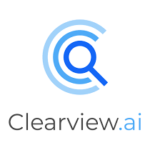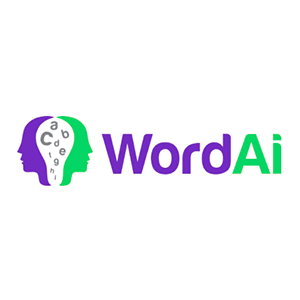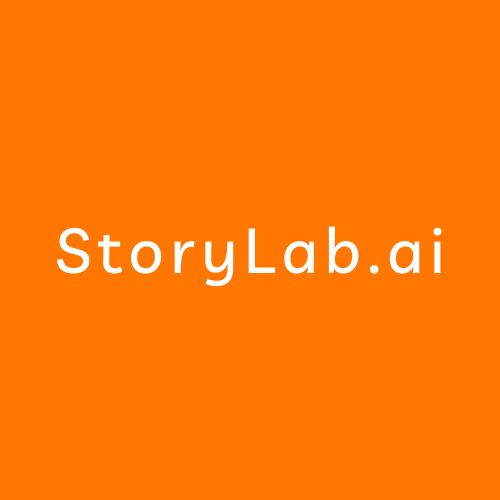Generative AI models process text in ways fundamentally different from humans, and understanding the concept of “tokens” is crucial to comprehending their limitations. This article delves into the token-based internal mechanisms of these models, highlighting the challenges and exploring potential solutions.
Generative AI models, from on-device applications like Gemma to OpenAI’s GPT-4, rely on transformer architecture. Transformers use associations between text and data to generate outputs, but they can’t directly process raw text without immense computational resources. Thus, they break down text into smaller units called tokens, a process known as tokenization.
Tokens can range from whole words to syllables or even individual characters, depending on the tokenizer used. For instance, the word “fantastic” could be tokenized as “fantastic” or as “fan,” “tas,” and “tic.” This method allows transformers to manage more information within their context window but also introduces potential biases and inconsistencies.
Challenges with Tokenization
Inconsistent Token Handling
Tokens can disrupt a model’s processing due to inconsistent handling of spaces and cases. For example, “once upon a time” and “once upon a ” (with trailing whitespace) might be tokenized differently, leading to varied outputs despite similar meanings. Additionally, “hello” and “HELLO” may be treated as different tokens, affecting the model’s understanding and response.
Language-Specific Issues
Tokenization methods often assume spaces denote new words, a convention based on English. This assumption fails for languages without word-spacing, such as Chinese, Japanese, Korean, Thai, and Khmer. Consequently, transformers may process these languages inefficiently, resulting in slower task completion and higher costs for users due to increased token counts.
A 2023 Oxford study highlighted that non-English languages could require up to ten times more tokens to express the same meaning as in English. This inefficiency affects model performance and cost, with users of less “token-efficient” languages paying more for potentially inferior results.
Numerical and Mathematical Limitations
Models struggle with numerical data due to inconsistent tokenization of digits. For instance, “380” might be a single token, while “381” could be split into “38” and “1.” This inconsistency disrupts the model’s ability to understand numerical relationships, leading to errors in mathematical tasks and pattern recognition.
Potential Solutions and Future Directions
Byte-Level Models
Byte-level state space models, like MambaByte, offer a promising alternative by processing raw bytes instead of tokens. These models can handle larger data sets without the performance penalties associated with tokenization, improving their ability to manage inconsistencies in text. However, models like MambaByte are still in early research stages.
Computational Constraints
Transformers face computational challenges due to the quadratic scaling of computation with sequence length. Therefore, while it might be ideal for models to process text directly without tokenization, current computational limitations make this infeasible. Future advancements in model architectures or computational efficiencies could overcome these hurdles.
Tokens play a critical role in the functionality and limitations of generative AI models. While they allow transformers to process large amounts of information, they also introduce biases and inefficiencies, particularly for non-English languages and numerical data. Byte-level models and new computational approaches may hold the key to overcoming these challenges, paving the way for more effective and inclusive AI systems.


















